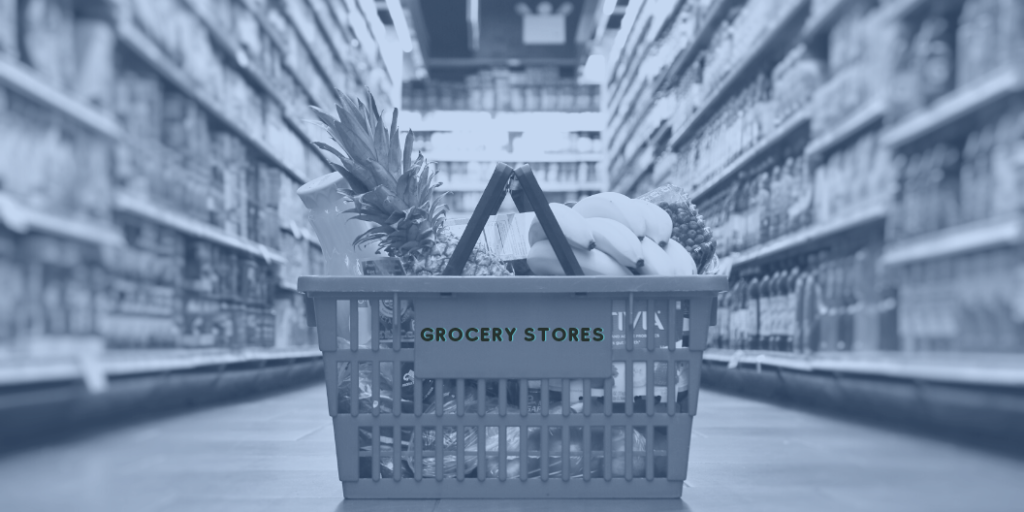In 2017, Gartner released a detailed research concerning dynamic pricing strategies. One key insight provided by the research is a graph that breaks down the gradual progression of dynamic pricing implementation levels, and shows their correlation to business benefit.
The question is: what methods are retailers using? According to Gartner, retailer pricing calculation methods are situated at a 1-5 level – from very basic to very advanced.
The Five Stages of Maturity
Gartner’s five-stage graph is a great tool for understanding the evolution of dynamic pricing, its importance, and its implementation challenges.

The first stage is manual price calculation. This stage is very basic, and it is exactly what it sounds like. The second stage is a bit more advanced: retailers import data into Excel and similar programs and use them to calculate prices for different pricing zones. The third stage identified by Gartner is similar to the second, yet it is more advanced due to the incorporation of online pricing and various distribution channels. Yet the calculation is still Excel-based, and is conducted manually.
According to Gartner’s research, there are two more advanced stages. Stage 4 optimizes prices by incorporating price policy models across product catalogs and distribution channels, which take into account base price, promotional price and markdown price. These models are correlated with data to produce automatic price change recommendations.
Stage 5 takes things even further. Automatic price change recommendations are generated via algorithms that analyze all sale channels and a multitude of data.
As demonstrated by the Gartner graph, both stage 4 and stage 5 provide more business benefit. Yet most major retailers find it hard to implement them. Some still don’t fully believe they can be implemented, due to the fluidity of the pricing process. As a result, most retailers cannot overcome the 3rd stage barrier. Why is that?
The Dynamic Pricing Policy Challenge
One of the main reasons that retailers find it hard to implement stage 4 is that they have a hard time implementing pricing policies. To make quick pricing changes, retailers must establish “price floors”, or pricing boundaries from which they will operate. These boundaries must be established across all physical and online sales channels. When it comes to dynamic pricing, pricing strategy is a key concept. Yet many retailers shy away from pre-defined pricing strategies. They prefer to keep all options open. One of the reasons for this is lack of data.
The Era of Three-Tier Data
When businesses want to obtain data that can help create pricing strategy, many think in terms of “what are our competitors doing?”. Competitor data and price trends are valuable – but there’s more to it than that. To create sustainable dynamic pricing, retailers must have access to extended product data – inventory, costs and ecommerce platform characteristics. They must also have access to advanced market data – retailer sales, market shares and more. In our opinion, it is these three integrated parameters – extended product data, pricing intelligence and market data – that create a robust picture that can get retailers to stage 4 and even stage 5.
The Ultimate Business Growth Engine
The bottom line is this: dynamic pricing can be a very powerful business growth engine. Today, more and more retailers are focusing their efforts on establishing effective dynamic pricing. Although getting past the 3rd stage can be tough – familiar territory is always comforting – the 4th and 5th stages are more accessible than ever before.








